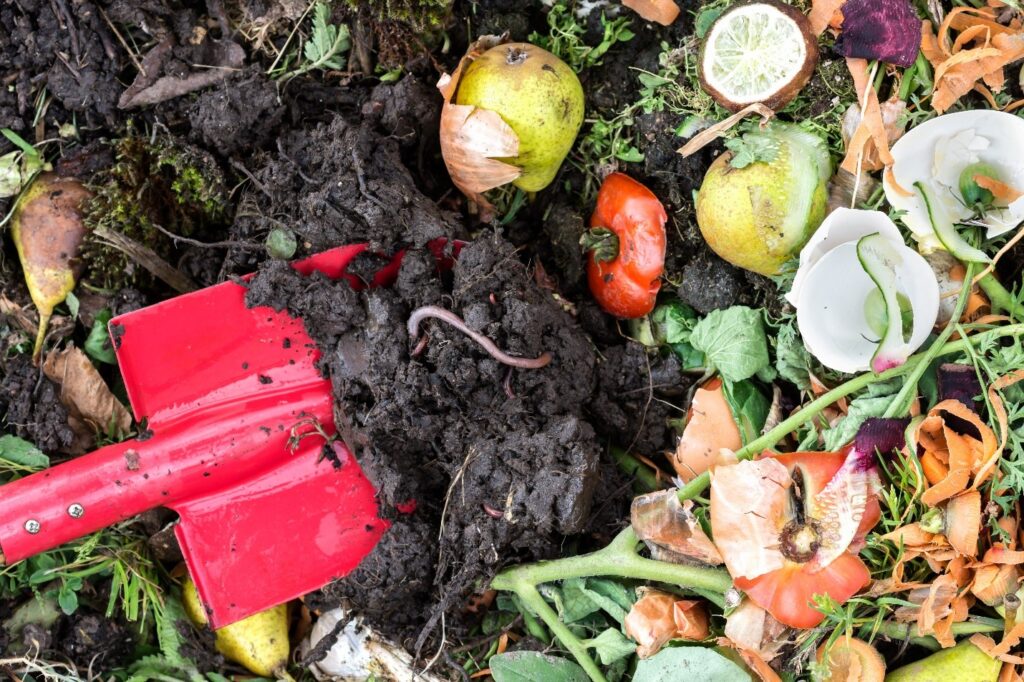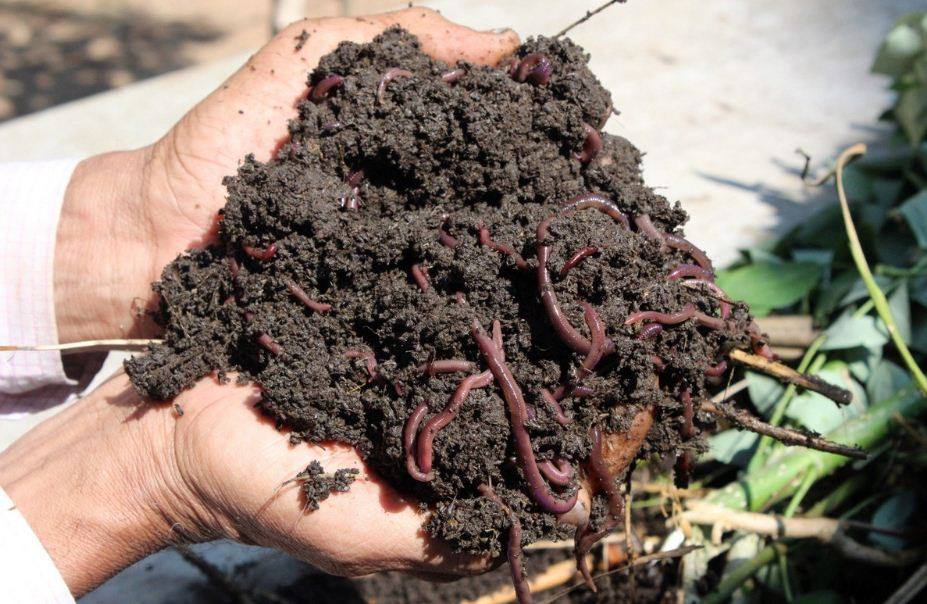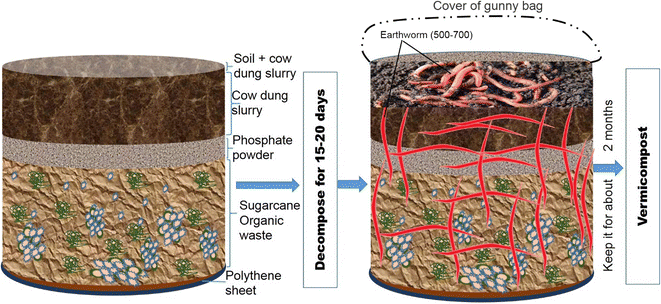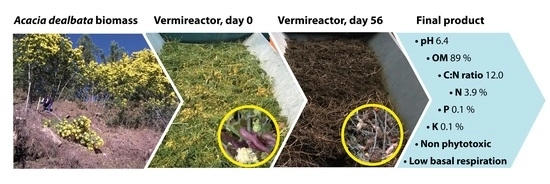Transform Kitchen Waste into nutrient-rich soil with Vermicomposting

Vermicomposting is a great way to turn kitchen waste into nutrient-rich soil for your plants. While there is no one “perfect” recipe for vermicompost, there are some guidelines that can help ensure success.
- Choose your container: You can use a plastic bin, a wooden box, or any other container that is at least 8 inches deep. Make sure it has a lid to keep pests out.
- Add bedding: Start by adding bedding material to the container. This can be shredded newspaper, cardboard, dried leaves, or a mixture of all three. The bedding should be moist, but not soaking wet.
- Add worms: Next, add some red wiggler worms to the container. These are the worms that are commonly used for vermicomposting. You can usually purchase them from a garden center or online. The recommended number of worms is about 1 pound of worms per square foot of container space.
- Add food scraps: Now it’s time to start adding food scraps to the container. You can add fruit and vegetable scraps, coffee grounds, tea bags, eggshells, and other non-meat scraps. Avoid adding citrus, onions, and garlic, as well as anything that has been cooked with oils, fats, or spices.
- Cover with bedding: Once you’ve added your food scraps, cover them with a layer of bedding. This will help to keep the worms happy and prevent any odors from escaping.
- Keep moist: It’s important to keep the bedding moist, but not too wet. You can add a small amount of water to the bedding as needed to keep it moist.
- Monitor regularly: Check on your vermicompost regularly to make sure it’s not too wet or too dry. You can also add more food scraps as needed.
- Harvest the compost: After a few months, your vermicompost should be ready to harvest. You can do this by removing the top layer of bedding and scooping out the compost from the bottom. Use the compost to feed your plants and enjoy the benefits of your hard work!
Remember, the key to successful vermicomposting is to keep the bedding moist, avoid overfeeding the worms, and monitor the compost regularly. With a little bit of effort, you can turn your kitchen waste into a valuable resource for your garden.
Convert Cow Dung to nutrient-rich soil with Vermicomposting

Vermicomposting using cow dung and earthworms can be a highly effective way to produce nutrient-rich soil for your plants. Here’s a detailed recipe to help you get started:
- Collect materials: To start, you will need cow dung, earthworms, shredded newspaper, and a container. The container can be a plastic bin or a wooden box, and should be at least 8 inches deep.
- Prepare the bedding: Begin by preparing the bedding material. Shred newspaper into small strips and soak it in water for several hours. Then, squeeze out the excess water so that the bedding is damp but not dripping wet. Spread the damp bedding in the container to a depth of 2-3 inches.
- Add cow dung: Next, add a layer of cow dung to the bedding. The dung should be well-rotted and free of any large pieces or chunks. Spread the dung evenly over the bedding to a depth of 1-2 inches.
- Add earthworms: Now it’s time to add the earthworms. You can use red wiggler worms or any other composting worms. Spread the worms evenly over the cow dung layer. The recommended number of worms is about 1 pound of worms per square foot of container space.
- Cover with bedding: Once the worms are added, cover them with a layer of the damp newspaper bedding. This will help to keep the worms happy and prevent any odors from escaping.
- Maintain moisture and temperature: Keep the bedding moist and at a temperature between 18°C to 25°C. If it gets too dry, sprinkle some water to maintain moisture.
- Add more cow dung: As the worms begin to break down the cow dung, add more layers of dung and newspaper bedding. The thickness of the dung layers should be equal to the thickness of the bedding layers.
- Monitor regularly: Check the compost regularly to make sure it’s not too wet or too dry. You can also add more cow dung as needed, but avoid overfeeding the worms.
- Harvest the compost: After 2 to 3 months, the compost should be ready to harvest. The compost will have a dark color and a rich earthy smell. You can harvest the compost by removing the top layer of bedding and scooping out the compost from the bottom.
Using cow dung and earthworms to create vermicompost is an easy and eco-friendly way to turn waste into valuable garden soil. Keep in mind that it is important to maintain proper moisture levels, avoid overfeeding the worms, and monitor the compost regularly. With a little patience and effort, you will have nutrient-rich soil to help your plants thrive.
Optimize Vermicomposting: Balance Waste, Moisture, & Harvest Regularly

-
Choose the right worm species: Red wigglers (Eisenia fetida) are the most commonly used species for vermicomposting. They are efficient at breaking down organic matter and reproducing quickly.
- Use a balanced mix of organic waste: A mix of “greens” (nitrogen-rich materials such as fruit and vegetable scraps) and “browns” (carbon-rich materials such as shredded paper or dried leaves) will provide a good balance of nutrients for the worms and help to maintain a healthy environment.
- Keep the bedding moist: The bedding material should be kept moist but not waterlogged. Spray it with water as needed to maintain the right moisture level.
- Avoid adding meat or dairy products: Meat and dairy products can attract unwanted pests and create odor problems. Stick to vegetable and fruit waste, coffee grounds, and tea bags.
- Monitor the temperature: The ideal temperature range for vermicomposting is between 60-80°F. If the temperature gets too high or too low, it can slow down the process or even harm the worms.
- Harvest the compost regularly: Depending on the size of your vermicomposting system, you may need to harvest the compost every few weeks or months. This will prevent the bin from becoming overcrowded and help to maintain the right conditions for the worms.

In conclusion, vermicomposting is an excellent way to recycle organic waste and produce nutrient-rich soil for your garden. Whether you choose to use kitchen waste, cow dung, or a combination of both, the process is relatively easy and requires little investment. By creating a suitable environment for your earthworms to thrive, you can help reduce landfill waste, conserve resources, and produce a high-quality compost that can nourish your plants. By following the methods outlined above and making adjustments as necessary, you can create a successful vermicomposting system and enjoy the benefits of healthier, more vibrant plants.
